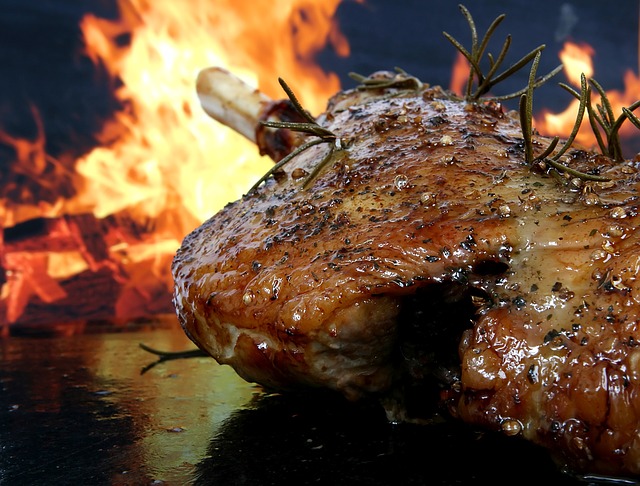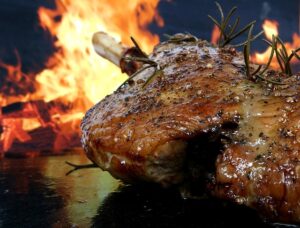Introduction
Brisket is a popular cut of meat often used in barbecue and other culinary dishes. It is known for its rich flavor and tender texture. When it comes to protein content, brisket is a good source, making it a favorable choice for those looking to increase their protein intake. In this article, we will explore how much protein is in brisket and its nutritional value.
Protein Content in Brisket
Brisket is a beef cut that consists of two parts: the flat and the point. The flat is leaner, while the point has more marbling and fat. The protein content in brisket can vary depending on the specific cut and cooking method. On average, a 3-ounce (85 grams) serving of cooked brisket contains approximately 24 grams of protein.
Protein is an essential macronutrient that plays a crucial role in various bodily functions. It is responsible for building and repairing tissues, producing enzymes and hormones, and supporting a healthy immune system. Including protein-rich foods like brisket in your diet can help meet your daily protein requirements.
Other Nutritional Benefits of Brisket
In addition to protein, brisket offers several other nutritional benefits. It is a good source of vitamins and minerals, including iron, zinc, and B vitamins. Iron is essential for oxygen transport in the body, while zinc supports immune function and wound healing. B vitamins are involved in energy production and maintaining a healthy nervous system.
However, it’s important to note that brisket also contains saturated fat. While small amounts of saturated fat are necessary for a balanced diet, excessive intake can contribute to health issues such as heart disease. Therefore, it is recommended to consume brisket in moderation and balance it with other lean protein sources and a variety of fruits and vegetables.
Preparing Brisket for Optimal Protein Content
The protein content in brisket can be influenced by the cooking method and preparation. Slow cooking methods, such as smoking or braising, are commonly used for brisket, as they help break down the tough connective tissues and result in a tender and flavorful meat.
To maximize the protein content in brisket, it is important to choose high-quality cuts of meat. Look for well-marbled brisket with a good balance of fat and lean meat. Trimming excess fat before cooking can help reduce the overall fat content while retaining the protein content.
Conclusion
Brisket is a delicious and protein-rich cut of meat that can be enjoyed as part of a balanced diet. With approximately 24 grams of protein per 3-ounce serving, it can contribute to meeting your daily protein needs. However, it is important to consume brisket in moderation and balance it with other nutrient-dense foods to maintain a healthy diet.
References
– USDA FoodData Central: https://fdc.nal.usda.gov/
– American Heart Association: https://www.heart.org/












